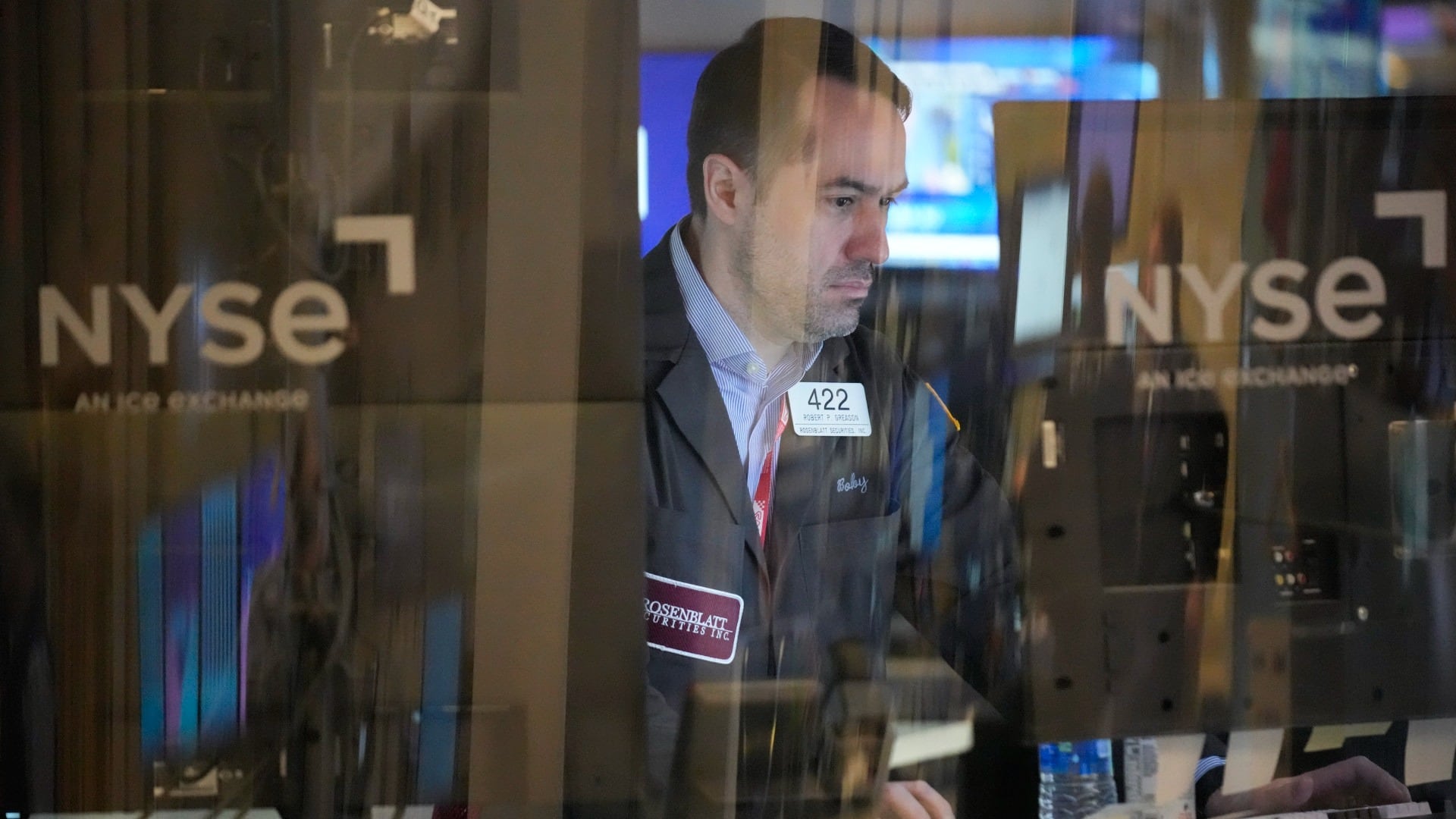By Stan Choe
Wall Street drifted higher Monday to kick off the first full week of earnings reporting season.
The S&P 500 rose 13.68, or 0.3%, to 4,151.32 in its first trading after squeezing out its fourth winning week in the last five. The Dow Jones Industrial Average gained 100.71, or 0.3%, to 33,987.18, while the Nasdaq composite climbed 34.26, or 0.3%, to 12,157.72.
All three swayed between small gains and losses in quiet trading before ending near their highs for the day.
Several financial companies reported a mixed set of profit reports for the first three months of the year. They followed up on a bevy of better-than-expected reports f rom JPMorgan Chase and other big U.S. banks that marked the unofficial start of reporting season late last week.
A lot of focus has been on the strength of the financial industry broadly after the second- and third-largest U.S. bank failures in history last month rocked markets worldwide.
Charles Schwab reported better profit than expected, and its stock rose 3.9%. It flipped from an earlier loss after it said deposits fell more last quarter than expected. It also paused a stock buyback program.
A worry for the broad financial industry has been that customers could pull out deposits amid all the fear about the U.S. banking system. The spotlight has been hottest on regional banks that are a rung or several below in size of JPMorgan Chase and the other massive, “too-big-to-fail” banks. They’re seen as more vulnerable to customers fleeing en masse, akin to the runs that helped cause the failures of Silicon Valley Bank and Signature Bank last month.
M&T Bank jumped 7.8% for the biggest gain in the S&P 500 after it reported stronger profit and revenue than expected.
State Street dropped 9.2% after reporting slightly weaker profit and revenue than forecast.
Broadly, e xpectations for companies across the S&P 500 this reporting season are very low. Analysts are forecasting the sharpest drop in earnings per share for companies in the S&P 500 since the pandemic was pounding the global economy in 2020.
Later this week, Bank of America, Johnson & Johnson, Tesla and several regional banks will also report their results.
So far, the earliest trends for earnings season seem to be encouraging, and the highest percentage of companies are beating profit forecasts for the first week since at least 2012.
“A massive, systemic financial confidence shock appears to have been averted, but tighter credit is manifesting in the real economy,” strategists led by Savita Subramanian wrote in a BofA Global Research report.
The worry is that all the turmoil in the U.S. banking system could cause some banks to pull back on their lending to companies and households. That would effectively tighten the brakes on the economy, when the Federal Reserve has already clamped the vise sharply over the last year in hopes of slowing high inflation.
The Fed has jacked up interest rates at the fastest pace in decades, and expectations are firming that it will raise them again at its next meeting next month. Even though inflation has been cooling, it still remains far above the Fed’s liking.
Higher rates can stifle inflation but only by slowing the economy, raising the risk of a recession and dragging on prices for stocks, bonds and other investments.
The much higher rates of today have already caused cracks to appear in the U.S. banking system. Fear is rising that the commercial real estate market could also be set to shake.
“We expect delinquencies on office loans to materially increase from today’s low levels,” Goldman Sachs strategists led by Lotfi Karoui wrote in a report. “The timing and the magnitude of losses stemming from delinquent CRE loans relative to previous cycles remain, however, uncertain.”
A bright spot for the economy arrived Monday with a report showing that manufacturing in New York state unexpectedly grew. Economists were expecting another month of contraction, as manufacturing has struggled under the weight of higher interest rates.
One of the biggest gains on Wall Street came from Prometheus Biosciences. It soared 69.7% after the biotechnology company announced over the weekend that it was being acquired by Merck for $200 per share, or about $10.8 billion. Merck slipped 0.3%.
In the bond market, the 10-year Treasury yield rose to 3.59% from 3.52% late Friday. It helps set rates for mortgages and other important loans.
The two-year yield, which moves more on expectations for the Fed, climbed to 4.19% from 4.10%.
In markets abroad, stocks jumped 1.4% in Shanghai. China’s central bank kept the one-year medium-term lending facility rate unchanged at 2.75%, suggesting economic growth data to be released Tuesday won't be too alarming.
Stocks also rose across other Asian markets, while European indexes were mixed.
——
AP Business Writers Yuri Kageyama and Matt Ott contributed.












